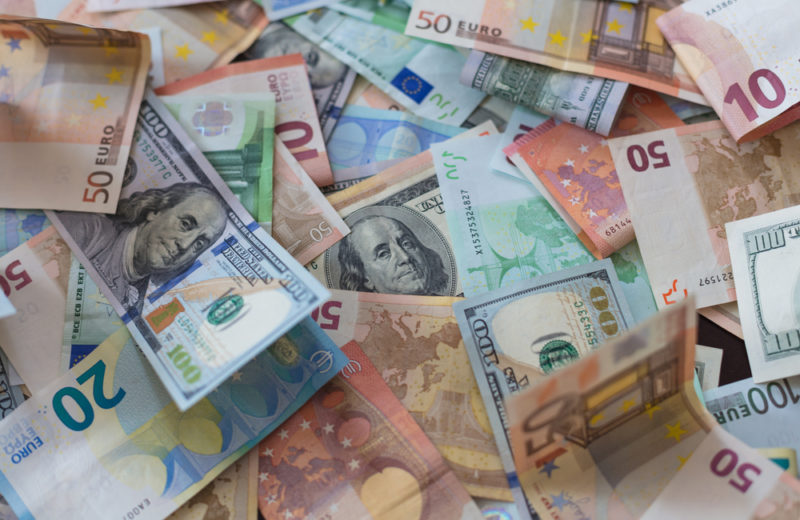The U.S. dollar fell to its lowest point in two months against a basket of currencies on Wednesday after data, which showed an expected surge in U.S. consumer prices in the last month of the year, fell short of offering any new impetus for the Federal Reserve’s policy normalization efforts.
The dollar index, which tracks the U.S. currency against six major currencies, dropped 0.7% to 94.944.
U.S. consumer prices jumped in the last month of 2021, with the annual increase in inflation the largest in nearly four decades. In December, the consumer price index (CPI) rose 0.5% after advancing 0.8% in November. In the 12 months through December, the consumer price index jumped 7.0%, the biggest increase in decades.
This week, the Federal Reserve’s Chairman Jerome Powell gave no clear indication that the central bank was in a rush to change its position.
According to CME’s FedWatch tool, traders priced in an about 80% chance of rate hike in March.
U.S. Dollar, pound, and the Canadian dollar
On Wednesday, the Australian dollar, often considered a liquid proxy for risk appetite, jumped 10.4% against the greenback.
The weaker U.S. dollar, as well as higher oil prices, helped lift the Canadian dollar to the highest level in nearly two months.
The British pound gained 0.56%, helped by the weaker greenback. The pound also benefited from a view that the worst of the omicron variant may be passing in the country.
On Tuesday, Bill Gates answered various questions on Twitter. Once the current surge abates, countries can expect to see fewer cases through the rest of 2022 according to Gates.
The world’s most well-known cryptocurrency rose on Wednesday. Bitcoin gained 2.3% to $43,717.08, extending its rebound from the five-month low touched on Monday.
















